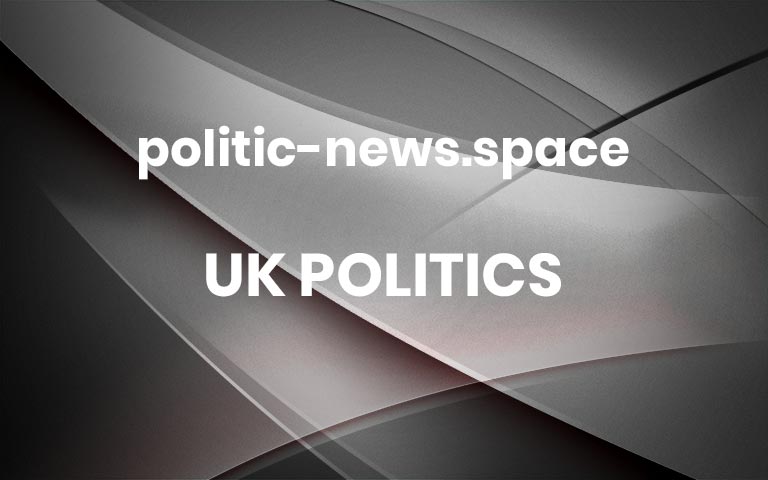The Rising Tide of Global Sadness
Taylor Swift was quite the romantic when she burst on the scene in 2006. She sang about the ecstasies of young love and the heartbreak of it. But her mood has hardened as her star has risen. Her excellent new album, Midnights, plays upon a string of negative emotions — anxiety, restlessness, exhaustion and occasionally anger.“I don’t dress for women,” she sings at one point, “I don’t dress for men/Lately I’ve been dressing for revenge.”It turns out Swift is part of a larger trend. The researchers Charlotte Brand, Alberto Acerbi and Alex Mesoudi analyzed more than 150,000 pop songs released between 1965 and 2015. Over that time, the appearance of the word “love” in top-100 hits roughly halved. Meanwhile, the number of times such songs contained negative emotion words, like “hate” rose sharply.Pop music isn’t the only thing that has gotten a lot harsher. David Rozado, Ruth Hughes and Jamin Halberstadt analyzed 23 million headlines published between 2000 and 2019 by 47 different news outlets popular in the United States. The headlines, too, grew significantly more negative, with a greater proportion of headlines denoting anger, fear, disgust and sadness. Headlines in left-leaning media got a lot more negative, but headlines in right-leaning publications got even more negative than that.The negativity in the culture reflects the negativity in real life. The General Social Survey asks people to rate their happiness levels. Between 1990 and 2018 the share of Americans who put themselves in the lowest happiness category increased by more than 50 percent. And that was before the pandemic.The really bad news is abroad. Each year Gallup surveys roughly 150,000 people in over 140 countries about their emotional lives. Experiences of negative emotions — related to stress, sadness, anger, worry and physical pain — hit a record high last year.Gallup asks people in this survey to rate their lives on a scale from zero to 10, with zero meaning you’re living your worst possible life and 10 meaning you’re living your best. Sixteen years ago, only 1.6 percent of people worldwide rated their life as a zero. As of last year, the share of people reporting the worst possible lives has more than quadrupled. The unhappiest people are even unhappier. In 2006, the bottom fifth of the population gave themselves an average score of 2.5. Fifteen years later, that average score in the bottom quintile had dropped to 1.2.In an interview, Jon Clifton, the C.E.O. of Gallup, told me that in 2021 21 percent of the people in India gave themselves a zero rating. He said negative emotions are rising in India and China, Brazil and Mexico and many other nations. A lot of people are pretty miserable at work. In the most recent survey Gallup found that 20 percent of all people are thriving at work, 62 percent are indifferent on the job and 18 percent are miserable.Part of the problem is declining community. The polls imply that almost two billion people are so unhappy where they live they would not recommend their community to a friend. This is especially true in China and India.Part of the problem is hunger. In 2014, 22.6 percent of the world faced moderate or severe food insecurity. By 2020, 30.4 percent of the world did.Part of the problem is an increase in physical misery. In 2006, 30 percent of people who rated their lives the worst said they experienced daily pain. Last year, 45 percent of those people said they live with daily pain. Before the pandemic, the experience of living with pain increased across all age groups.A lot of those numbers surprised me. Places like China and India have gotten much richer. But development does not necessarily lead to gains in well-being, in part because development is often accompanied by widening inequality. This is one of the core points Clifton makes in his book “Blind Spot: The Global Rise of Unhappiness and How Leaders Missed It.” We conventionally use G.D.P. and other material measures to evaluate how nations are doing. But these are often deeply flawed measures of how actual people are experiencing their lives.Misery influences politics. James Carville famously said, “It’s the economy, stupid.” But that’s too narrow. Often it’s human flourishing, stupid, including community cohesion, a sense of being respected, social connection. George Ward of the Massachusetts Institute of Technology has argued that subjective measures of well-being are more predictive of some election outcomes than economic measures. Measures of well-being dropped in Tunisia and Egypt before the Arab uprisings. Well-being dropped in Britain before the Brexit vote. Counties in the United States that saw the largest gain in voting Republican for president between the 2012 election and Donald Trump’s election in 2016 were also the counties where people rated their lives the worst.If misery levels keep rising, what can we expect in the future? Well, rising levels of populism for one. And second, greater civil unrest across the board. Clifton noted that according to the Global Peace Index, civic discontent — riots, strikes, anti-government demonstrations — increased by 244 percent from 2011 to 2019.We live in a world of widening emotional inequality. The top 20 percent of the world is experiencing highest level of happiness and well-being since Gallup began measuring these things. The bottom 20 percent is experiencing the worst. It’s a fundamentally unjust and unstable situation. The emotional health of the world is shattering.The Times is committed to publishing a diversity of letters to the editor. We’d like to hear what you think about this or any of our articles. Here are some tips. And here’s our email: [email protected] The New York Times Opinion section on Facebook, Twitter (@NYTopinion) and Instagram. More





